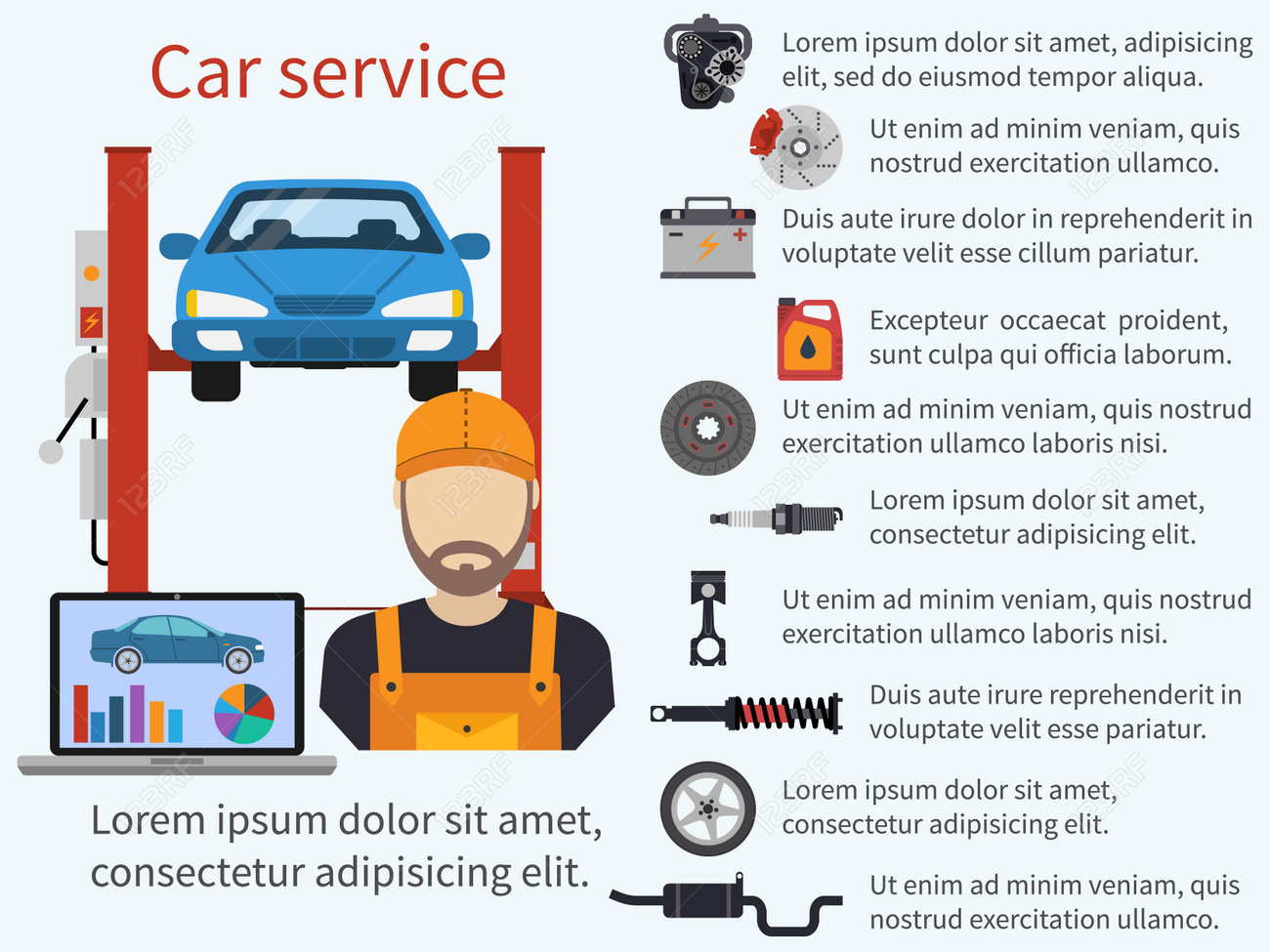Understanding Your Car'S Caution Lights: What Do They Really Mean?
Understanding Your Car'S Caution Lights: What Do They Really Mean?
Blog Article
Authored By-Higgins Shepherd
When you lag the wheel, those beautiful caution lights on your dashboard can be a bit perplexing. Do you know what they're attempting to tell you about your automobile's wellness? Understanding the relevance of these lights is important for your safety and security and the long life of your automobile. So, the next time among those lights pops up, would not you intend to understand its message properly and take the required steps to address it?
Common Caution Lighting and Interpretations
Determine usual caution lights in your auto and recognize their definitions to ensure risk-free driving.
The most normal warning lights consist of the check engine light, which signals concerns with the engine or discharges system. If this light comes on, it's essential to have your car examined without delay.
The oil pressure advising light suggests reduced oil stress, requiring instant interest to avoid engine damage.
A blinking battery light may suggest a defective charging system, potentially leaving you stranded if not resolved.
The tire stress monitoring system (TPMS) light informs you to low tire stress, influencing automobile stability and fuel efficiency. Disregarding this might lead to hazardous driving problems.
The abdominal muscle light shows a problem with the anti-lock braking system, compromising your capability to stop swiftly in emergency situations.
Lastly, https://oil-change-near-me95172.blogchaat.com/31253882/get-ready-for-an-enlightening-trip-into-the-impressive-auto-fixing-facilities-that-will-certainly-alter-the-way-you-maintain-your-automobile cautioning light warns of engine overheating, which can cause severe damages if not resolved quickly.
Comprehending these typical caution lights will certainly aid you deal with problems without delay and keep safe driving conditions.
Significance of Prompt Interest
Recognizing the typical warning lights in your vehicle is only the primary step; the value of immediately resolving these cautions can not be highlighted sufficient to guarantee your safety when traveling.
When carinteriorcleaner illuminates on your control panel, it's your vehicle's way of connecting a prospective concern that needs attention. Ignoring these warnings can result in much more extreme troubles down the road, jeopardizing your safety and security and potentially costing you much more in repairs.
Trigger interest to alerting lights can prevent malfunctions and mishaps. For instance, a blinking check engine light can suggest a misfire that, if left unattended, might create damages to the catalytic converter. Addressing this quickly can conserve you from a costly repair.
Likewise, a brake system warning light may signal reduced brake fluid or used brake pads, critical components for your safety and security when driving.
Do It Yourself Troubleshooting Tips
If you observe a caution light on your dashboard, there are a couple of DIY troubleshooting tips you can try prior to seeking specialist aid.
The very first step is to consult your cars and truck's manual to understand what the specific warning light shows. Sometimes the issue can be as straightforward as a loose gas cap activating the check engine light. Tightening the gas cap might settle the issue.
Another common concern is a reduced battery, which can cause various warning lights. Examining the battery connections for deterioration and guaranteeing they're safe might take care of the trouble.
If a caution light continues, you can attempt resetting it by detaching the vehicle's battery for a couple of minutes and after that reconnecting it. In addition, checking your vehicle's liquid levels, such as oil, coolant, and brake fluid, can help troubleshoot alerting lights related to these systems.
Final thought
In conclusion, understanding your car's caution lights is necessary for keeping your automobile running efficiently and securely. By without delay addressing these signals and understanding what they indicate, you can avoid pricey fixings and prospective breakdowns.
Bear in mind to consult your automobile's manual for particular information on each cautioning light and act appropriately to ensure a trouble-free driving experience.
Remain informed, stay secure when driving!
